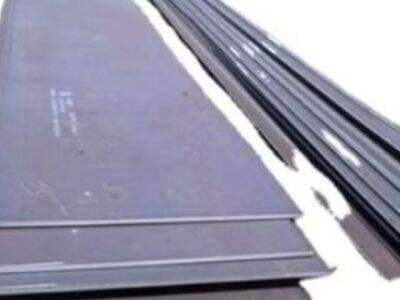A36 steel is the RFC I-beam type design and will be at least 2 times stronger than mild steel. A36 steel is also used in building stuff, such as buildings, bridges and also machinery since it is very strong. Heat treating involves heating the steel to a specific temperature, maintaining it at that temperature for a time and then cooling it back down again carefully.
Benefits and Uses
Advantages of Heat treating A36 steel Heat treatment has less structure existence than casting no matter the room temperature or ordinary temperature. One big advantage is that it makes the steel harder and stronger, which can be welcome if you’re doing heavy work. Furthermore, heat treated A36 steel lasts longer and does not wear down as quickly so it does not need to be replaced as frequently. This steel goes into the construction of buildings, bridges and machines.
How Heat Treating Works
With heat treatment, A36 steel gets the change in structure to have even more meaning. When it heats up, the structure of the steel changes a tiny bit. This transformation allows the steel to become harder and stronger than it was previously. The post-heating cooling portion helps retain these changes, making the steel even harder.
Alternate Ways to Heat Treat A36 Steel
There are multiple ways to heat treat A36 steel, resulting in them having varying properties. Most often, that’s done through a process called quenching and tempering. This involves heating the steel to a high temperature and suddenly quenching it in water or oil. This leaves the steel naturally hard on the outside, but not brittle, with a strong inner core. Another process is annealing, which heats the steel at a lower temperature and cools it slowly. This reduces the stress and makes the steel easier to form.
What Is the Effects of Heat Treatment of A36 Steel?
Heat treating CARBON STEEL is not as hard as you may think. One consequence is that it stiffens, which enables it to resist wear and damage better. Heat treating also stiffens the steel, so it won’t bend as much under load. And heat treated A36 steel tends to not rust as easily, so it’s a great option for outdoor use or high moisture areas.
So, these are the types of heat treatments for A36 steel. Educate yourself on heat treating and how you can get the perfect grade of heat treated A36 steel. Shandong Canghai is the trusted source of A36 steel that is a heat treated A36 steel the way it was meant to be.

